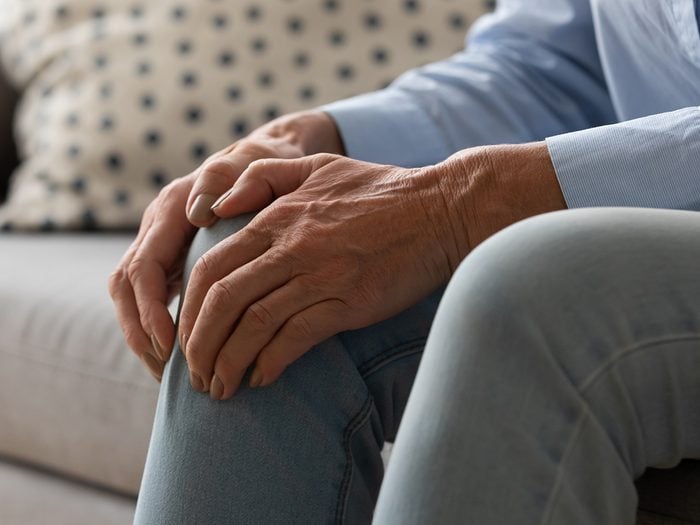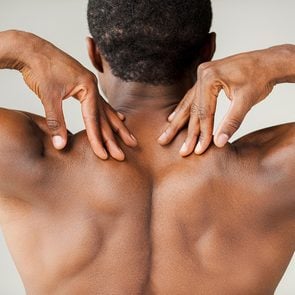Suffer From Stiff, Painful Knees? Here’s What You Can Do About It

Knees are among our largest and most complex joints, but they’re also some of the easiest to damage.
Knees have an important job to do: they support the body’s considerable weight while enabling a great deal of its movements. And as any structural engineer will tell you, it isn’t always easy to combine strength and flexibility. Knees are among our largest and most complex joints, but they’re also some of the easiest to damage. Problems in this area can lead to chronic pain, more frequent injuries and, ultimately, a loss of mobility. That’s why keeping those joints healthy can make the difference between a good quality of life and a poor one, especially as we get older.
Prevent stiff knees in three steps:
Build up your knees’ “shock absorbers”
One way to prevent stiff knees at any age is to strengthen the muscles that act like shock absorbers for them—namely the hamstrings (behind the thigh) and the quadriceps (in front of the thigh). Sammy Margo, a chartered physiotherapist based in London, England, also recommends working on your core and building up gluteal muscles (located around the legs and buttocks). “They basically steer, control and support the legs,” she explains. An exercise that works all of these muscles at once is stair climbing (or step-ups, which, as the name suggests, consist of stepping up and down on a stair or a stool). Ascending a flight of stairs has the added bonus of being a low-impact activity, and one that helps with cardiovascular fitness.
Cushion your knees with sensible shoes
Footwear can be a friend or a foe to your knees. High heels, for example, force the joints to endure approximately 25 per cent more pressure compared to going barefoot. When it comes to finding healthy shoes for everyday walking, look for cushioning and a good fit. Consider your foot shape: people with high arches might want extra padding to compensate for a lack of natural shock absorption. An easy way to figure out what kind of arch you have is to wet your foot and step on a piece of cardboard. If most of your footprint is visible, you likely have low-arched feet, whereas if only a bit of it shows up, you probably have high arches.
Be nice to your knees
Finally, if your knees have already suffered some wear and tear—from arthritis, for example, or from past injuries—you might prefer low-impact exercises for your fitness regimen. Swimming and cycling are great, as is Nordic walking—the trekking poles offer extra support, particularly when you’re going downhill. Find out what happens to your body when you start walking 10,000 steps a day.






